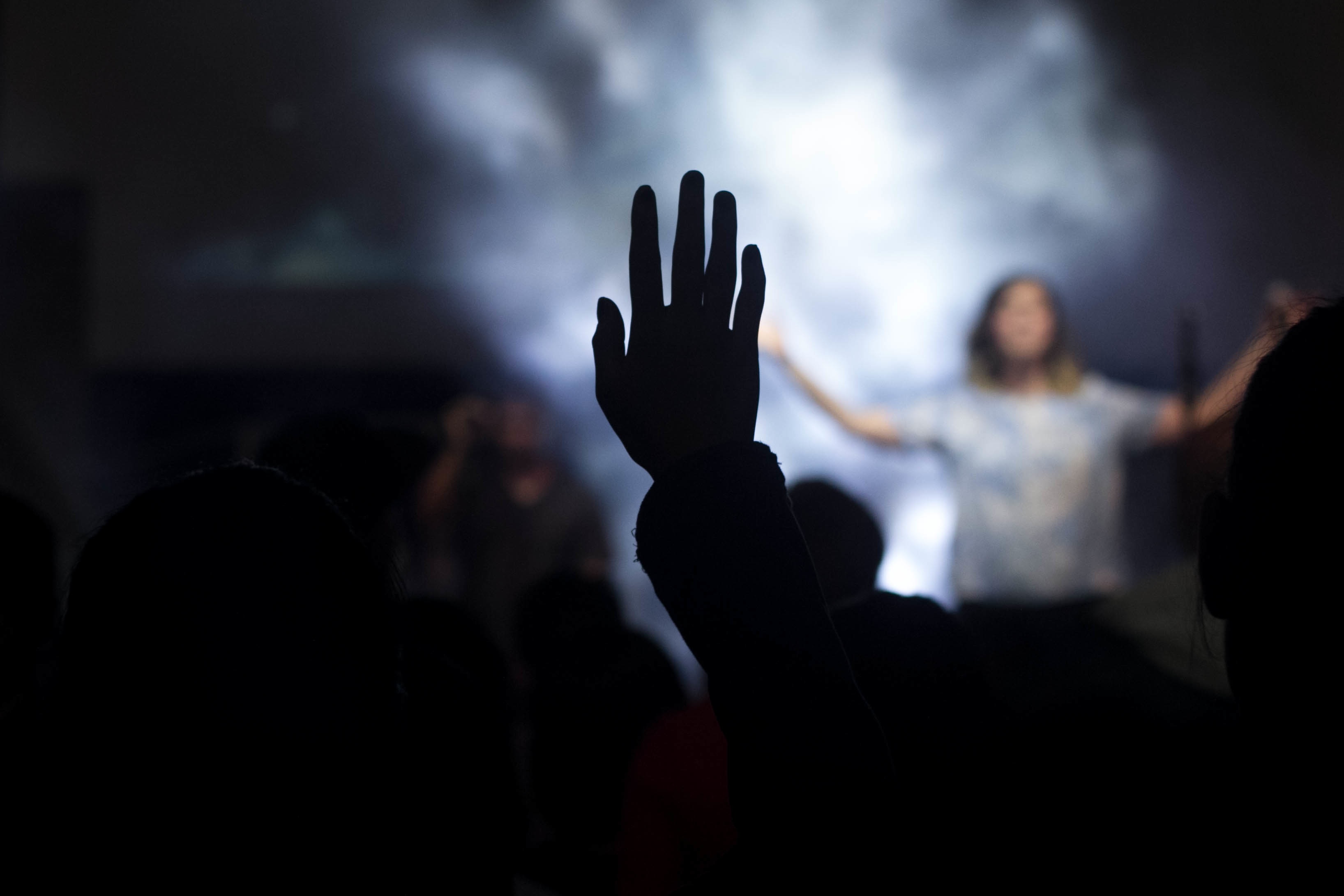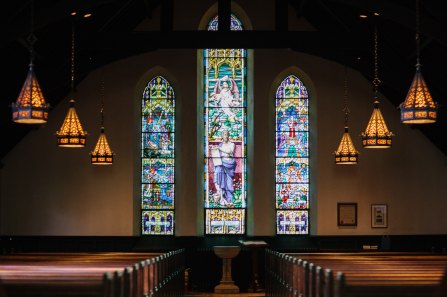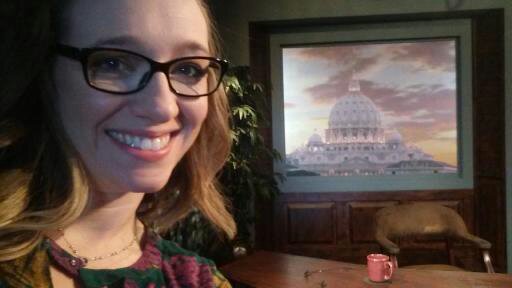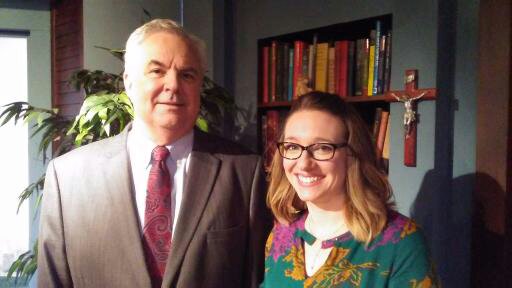The Catholic History of Halloween, Trick-or-Treating, and Whether or Not We’ll Let Our Kids go to a Haunted House!
This letter is free for you to read, but it wasn’t free for me to produce. If you’re interested in supporting the work of This Catholic Family, I would be honored if you would prayerfully consider upgrading your subscription. Or, you can always buy me a coffee here.
The Halloween Dilemma for Catholic Families
As Catholics, we get a lot of mixed messages when it comes to Halloween. It was a even confusing holiday for me back when I was a Protestant Christian too! Many of the churches I went to opted for something along the lines of a Trunk-or-Treat hosted in the parking lot of the church vs. Trick-or-Treating. Some families didn’t celebrate the holiday at all, citing it as having evil origins and celebrating evil, which is of course something we want to avoid as people of the Christian faith.
The complication takes on a new layer when we need to navigate Halloween with our children. When there are Halloween parties at school and the opportunity to get tons of candy just by walking up to different houses.
So, how do we navigate Halloween and stay true to our Catholic faith? Below is an outline of what I have learned along our Catholic journey, and I hope it is helpful to you. That said, there is not one exact right way to navigate Halloween as a Catholic, and your individual family may make different choices in this area.
At the end of the day, our decisions hopefully lift us up in faith and draw us closer to God!
The Catholic History of Halloween
One of my favorite Halloween facts is that the word Halloween is an evolution of “All Hallows Eve.” As Catholics, we know that the Eve of something is the evening before a major religious event. Christmas Eve might be the prime example of this.
All Hallows Eve is the evening before All Saints Day! Hallow is a word that means holy, and so we are on the eve of a very holy day! In fact, Halloween, All Saints’ Day, and All Souls’ Day form a Triduum of Death- which isn’t really something to be scared of at all.
On All Hallows Eve, we anticipate the Holy Day of All Saints’ Day.
On All Saints’ Day, we celebrate and ask for the intercession of those who are in perfect union with God in Heaven.
On All Souls’ Day, we pray for the not yet holy dead.

These days also remind us of the inevitable end of our own earthly journeys and our progress toward heaven. By remembering our death, we are inspired to turn more fully toward God, and to live each day well.
But the truth behind of Halloween can get confusing when we set it into our culture.
For our Protestant brothers and sisters who don’t believe in purgatory, ghosts take on a more sinister form, and are often viewed as evil in nature. People who practice paganism are quick to claim the holiday as their own, but that conclusion lacks significant historical context or backing. Unfortunately, in all practicality, these two factors combined obstruct the Catholic origins and meaning of holiday (origins: holy day) and cause misconceptions and confusion.
Those factors don’t change the Catholic origins of Halloween, but they can make it more difficult to see the truth through all the noise.
Trick-or-Treating
All that is to say that yes, we allow our children to dress up and go trick-or-treating. There is evidence to suggest that this particular tradition originated in Europe from the baking of soul cakes on All Hallows Eve. On All Saints’ and All Souls’ Day, children would go from house to house begging for the cakes and promising to pray for the deceased relatives of the cake-givers in return.

Modern trick-or-treating is no longer connected explicitly to praying for the dead, but a Catholic family could easily offer up prayers for the deceased loved ones in the neighborhood we trick-or-treat through.
One rule that we follow in our home is that we don’t allow costumes that glorify anything evil. I’ve seen a lot of great ideas for costumes that feature people from the Bible or Catholic Saints, but so far our kids have mostly shown interest in dressing up like characters from their favorite movies and shows. This year, I believe we will also have one taco in the house.
Haunted Houses, Yes or No?
We have, however, decided as a family that haunted houses will not be part of our Halloween traditions, even as the kids get older, as long as they live in our home. This might sound strange to anyone who knows me and who knows that I write spooky stories for young readers, but allow me to explain.
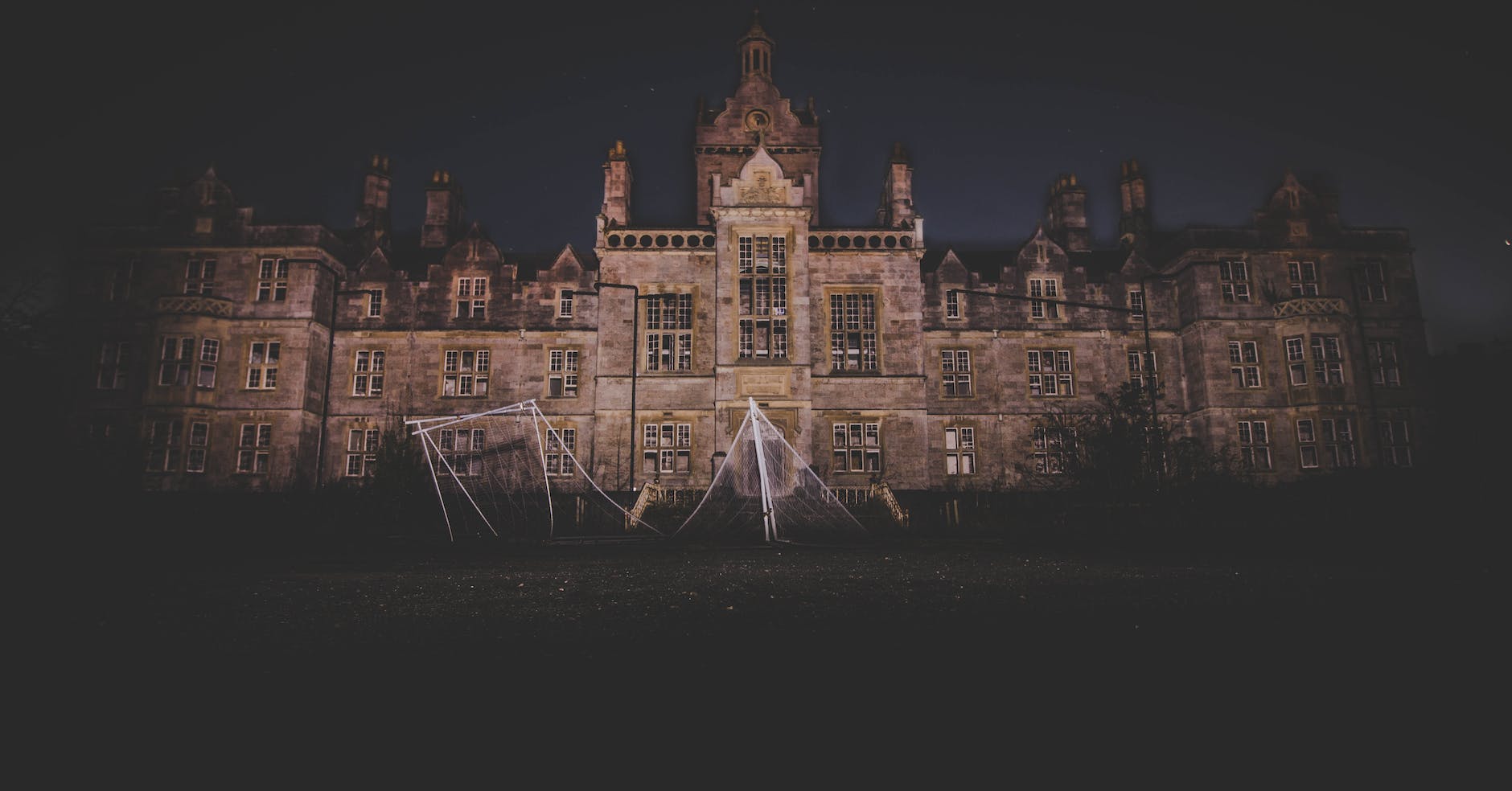
I enjoy reading and writing spooky books. I like watching spooky movies. But, really, I should be more specific when I say things like that because what I mean is that I like spooky things that elevate what is true and good. Any book I write or recommend for kids that has spooky elements, will ultimately show good triumphing over evil in the end. It will highlight goodness, truth, and light, and even though the characters might face something scary, evil will never win. Those are important lessons for kids and adults alike, and we can use reminders of the reality of evil, but also of the healing power of God and the hope that comes from fighting for what is good and right.
I believe that haunted houses fall into a different category entirely. Haunted houses often glorify evil for evil’s sake. Their goal is to highlight and emphasize the truly scary and dangerous, and to turn those things into a form of entertainment. There is no redemption at the end of a haunted house. A haunted house simulates a world in which evil has won, and that isn’t the kind of thing we want to spend our time, energy, or money on.
Of course, we can’t control what our kids will do when they’re grown, but we hope we are able to teach them the difference between something that is scary but points to truth and something that glorifies evil before they head out on their own.
How to Have a Catholic Halloween With Your Family
In conclusion, there are many ways to continue the religious traditions of the Triduum of Death.
We can ensure that our families don’t partake in any of the cultural traditions that glorify evil, whether through visiting haunted houses or choosing costumes that represent characters with. an evil nature.
We can call to mind the progression of our life, our death, and our ultimate destination by praying for the deceased of the homes we trick-or-treat at, and attending All Saints’ Day Mass (a Holy Day of Obligation!), as well as All Souls’ Day.
We can have healthy conversations with our kids when they ask us about things like ghosts, haunted houses, and our beliefs surrounding good vs. evil and death. We can educate ourselves on Church teaching on these matters so we are ready to answer their questions as they come and can be ready to instruct when opportunities arise.
All in all, I believe that understanding the Catholic roots of Halloween can be enriching and edifying for Catholic Families. I’d love to learn in the comments if you have any particular ways you navigate this holiday with your families too!
Sources for this article and for further exploration:
Halloween and the Triduum of Death
Trick-or-Treat is Harmless Fun
The Catholic Origins of Trick-or-Treating
-Lorelei
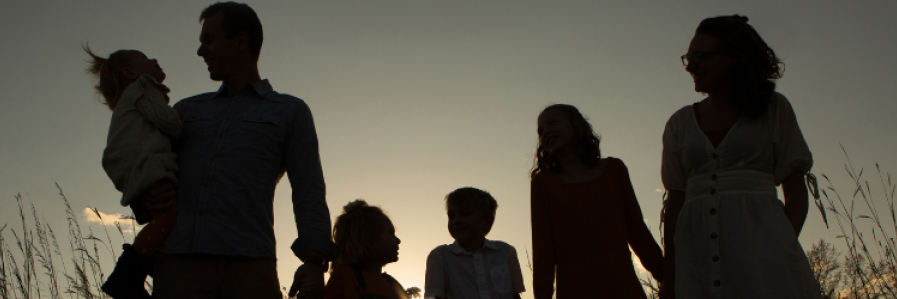








 My lovely, but cradle Catholic husband asked me what on earth that meant. When we become Catholic, we call it Crossing the Tiber. And this shirt is awesome. So, if you are feeling inspired, add some of those items to your own life and home. They are tools to help us keep our faith in our hearts and minds at all times. They are tools to help us reflect, remember and pray. And, at least in my case at the time, I had some serious catching up to do.
My lovely, but cradle Catholic husband asked me what on earth that meant. When we become Catholic, we call it Crossing the Tiber. And this shirt is awesome. So, if you are feeling inspired, add some of those items to your own life and home. They are tools to help us keep our faith in our hearts and minds at all times. They are tools to help us reflect, remember and pray. And, at least in my case at the time, I had some serious catching up to do.



